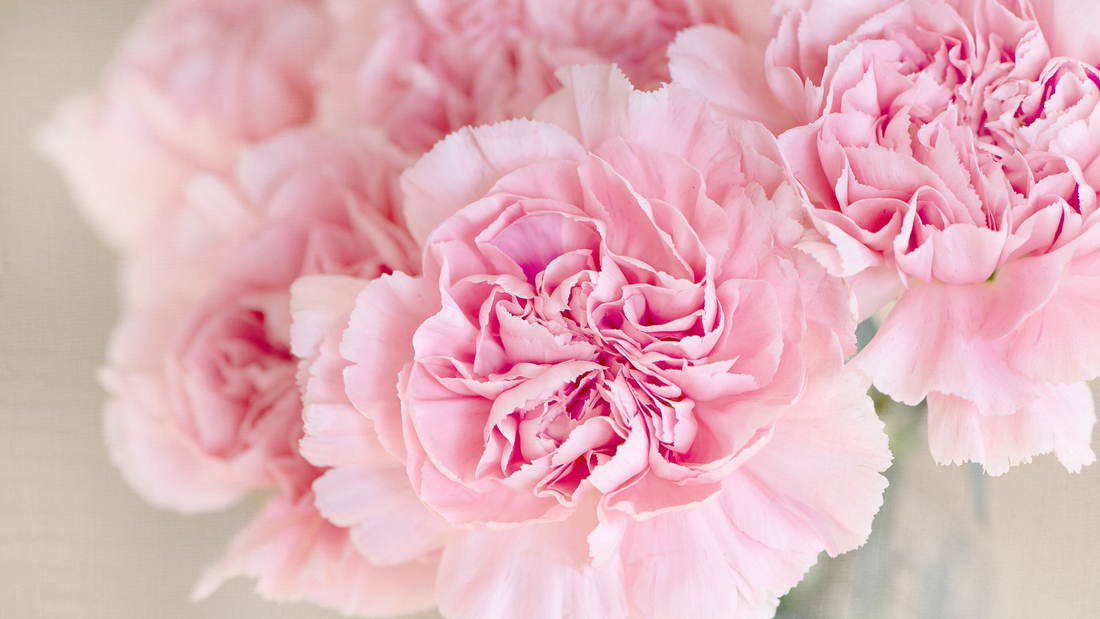January’s birth flowers will either bring you explosions of colour, or a reminder that warmer weather is on the way, despite how it may feel at the moment.
Carnations and snowdrops are also two of the few types of flowers that continue to thrive through the frosty winter months. Carnations are particularly revered in Christianity as it is believed the first pink carnations bloomed from Mary’s tears.
Carnations are a firm favourite in any floral arrangement and bouquet, generally symbolising love and remembrance, though the different colours often have different associations:
- White for purity and luck
- Light red for admiration
- Dark red for love and affection
- Pink for gratitude
- Yellow for disappointment or rejection
- Purple for impulsivity
Featuring clusters of delicate and brightly coloured petals, these flowers are a firm favourite among many bouquets, arrangements, and hand tied bouquets, as well as being used to decorate cakes. During Elizabethan times, they were also used to add spice to wine, create essential oils, and to treat illnesses and fevers.
A quick tip to prolong the life of your fresh cut carnations - keep them away from the fruit bowl. The ethylene gas produced as fruits ripen means the flowers ‘go off’ quicker.
The snowdrop’s latin name, Galanthus, is from the Greek ‘gala’ meaning milk and ‘anthos’ meaning flower. They’re used to symbolise both sympathy and celebration - if presented during a happy celebration they signify optimism and hope, thanks to their blooming through the winter conditions, and in times of death they represent compassion.
Commonly found in graveyards over the years, it’s easy to see why they get their association with negativity, but these determined flowers are the first to bloom through some of the most difficult conditions and their resilience is what has started to transform their reputation to one of hope and optimism.

